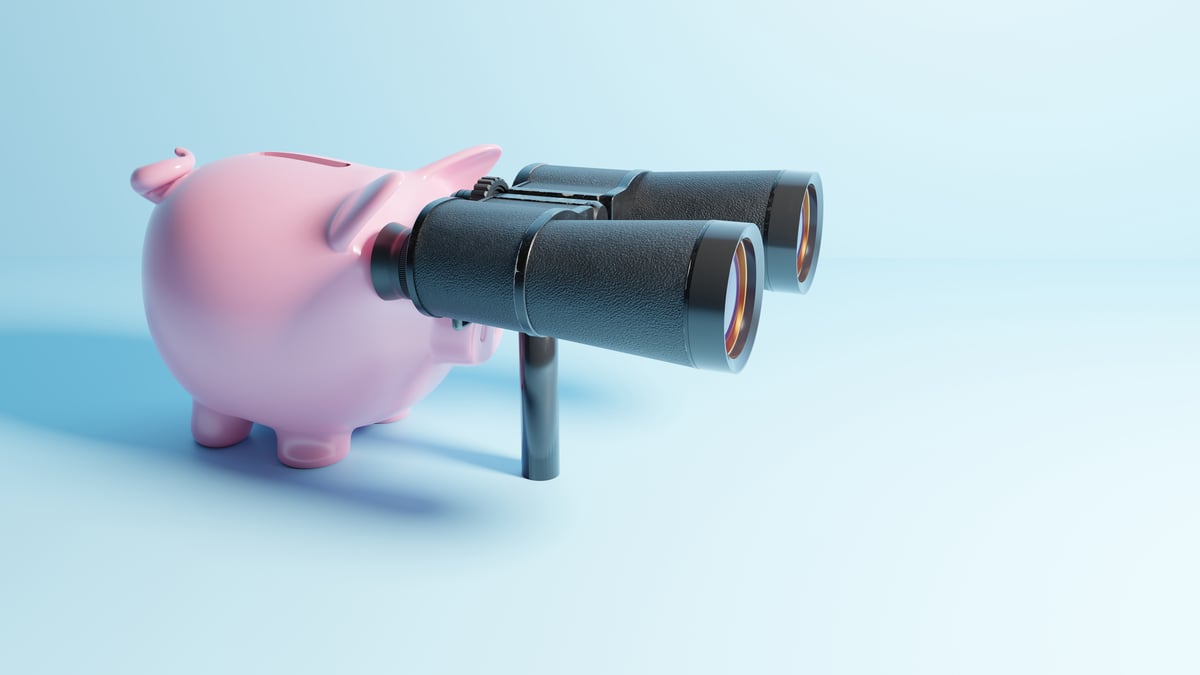Pharma largely backed off mergers and acquisitions this year, but there were still a couple of deals earning attention. Bristol-Myers Squibb (BMY +2.36%) and AstraZeneca (AZN 0.51%) made a significant diabetes play. GlaxoSmithKline (GSK 0.08%) absorbed a pipeline partner with a small stable of drugs. The deals helped these big pharma players diversify their portfolio and offset revenues lost to patent expirations.
Here's a look at the top acquisitions of 2012.
Bristol-Myers' diabetes power play
The "Buy of the Year" award goes to Bristol-Myers Squibb for scooping up Amylin for about $5.3 billion. Big pharma chased diabetes projects this year, vying for a slice of an explosive growth market. Amylin was a market leader in the popular GLP-1 class of drugs. Bristol-Myers Squibb had yet to find its footing despite a long-standing diabetes partnership with AstraZeneca.
The Bristol-Astra pipeline product Forxiga had the potential to become first-in-class in a trendy new drug class, but Food and Drug Administration delays might strip that prize. Their approved treatments, Onglyza and Kombiglyze, brought in a combined $473 million last year. Amylin's Byetta brought in more than $500 million last year on its own.
AstraZeneca put in $3.5 billion of the initial cost in exchange for half the profits and then offered up more money for half the decision making rights. Astra needs this bolster more than Bristol-Myers. The company's facing a slate of patent expirations that has already claimed Seroquel this year. The best-sellers Nexium and Crestor will follow in 2014 and 2016, respectively.
Bristol-Myers had big patent losses this year that included the blood thinner Plavix, which accounted for one-third of annual revenues. But though its losses included two smaller blockbusters, Bristol's not losing as much of its portfolio as Astra will in the near future.
Glaxo's partner purchase
GlaxoSmithKline suffered the loss of the patent for its $8.1 billion asthma drug Advair this year, but no generic competitors have appeared yet. Diabetes drug Avandia also lost protection, but its revenues had dwindled since the FDA warned of its potential health risks in 2008. Glaxo found an opportunity to flesh out its pipeline and an additional new attempt at the diabetes market.
Glaxo and its partner Human Genome Sciences did a tango this year with HGS trying to play hard to get. The final deal ended up around $3 billion. This acquisition makes sense from a logistical standpoint since Glaxo had an investment in these products. Now it will also get all the revenue.
The partnership's Benlysta was the first lupus treatment to make it to market over 50 years. Approved in 2011, the drug brought in $52 million by the end of the year. Analysts were predicting much higher revenues. But there's time yet for Benlysta to pick up its momentum.
Tougher sells will be the GLP-1 drug albiglutide and the heart medication darapladib. Albiglutide simply faces a market that's already saturated and yet has a number of newcomers heading toward the gates. Darapladib's problems are a bit more complicated.
Darapladib has a complicated pipeline history filled with mid-stage questions and late-stage advances. Glaxo recently named the 14 drugs it plans to focus its attention on, and darapladib made that list.
Foolish final thoughts
These companies all involve multiple facets, and any one item isn't enough to scream "sell" or "buy." But the continued importance of diabetes projects is the prevailing lesson from the year's best acquisitions.






